Seasonal Tactics for Successful Fly Fishing
Fly fishing isn’t just a sport—it’s a dance with nature that changes with the rhythm of the seasons. As waters warm and cool, as insects hatch and fish migrate, the successful angler must adapt techniques, tackle, and timing to match these natural cycles. Understanding the seasonal patterns of fish behavior and insect activity can transform frustrating days on the water into memorable experiences filled with bent rods and tight lines.
This comprehensive guide explores how to adjust your fly fishing approach throughout the year, helping you connect with fish whether you’re casting through spring showers, summer heat, autumn glory, or winter’s chill.
Spring Awakening: Tactics for Early Season Success
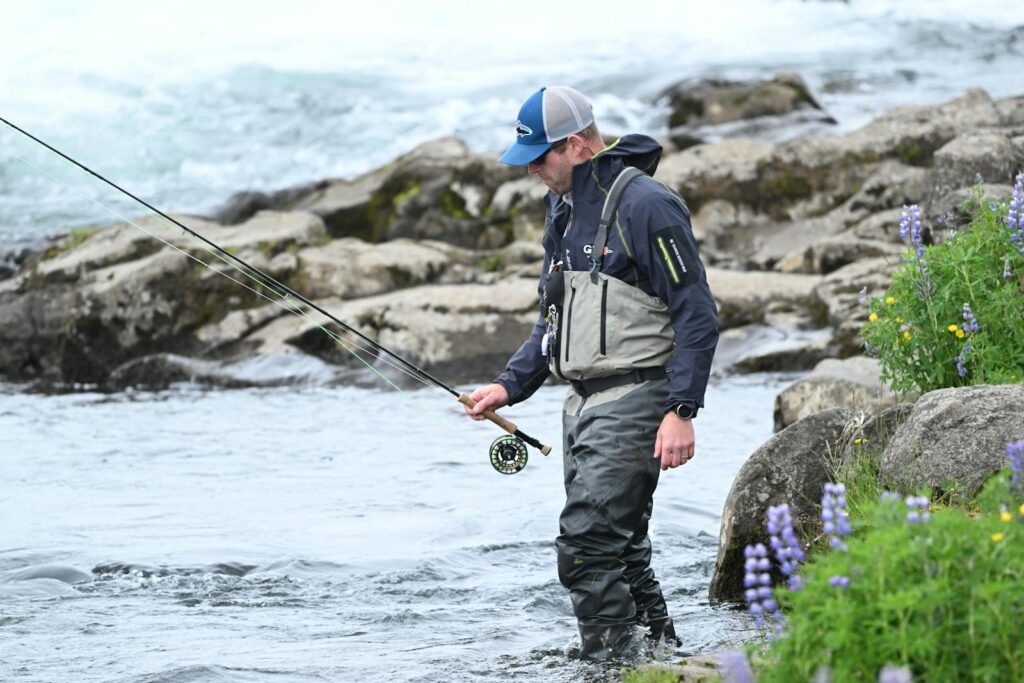
As winter’s grip loosens and water temperatures begin to climb above 40°F, fish metabolism increases and feeding behavior resumes after the winter slowdown. During early spring, focus on fishing during the warmest part of the day—typically between 11 AM and 3 PM—when insects are most active and fish are most likely to feed. Position yourself to fish deeper, slower pools where trout congregate in cooler waters, gradually moving to riffles and runs as the season progresses and water temperatures stabilize. Fly selection should emphasize darker nymphs in sizes 14-18, particularly stonefly patterns, as these insects are among the first to become active.
Remember that spring runoff can create challenging conditions, so watch weather patterns and be prepared to fish tailwaters or spring creeks when snowmelt turns your favorite freestone river into a churning, muddy torrent.
Reading Spring Hatches: Matching Nature’s Calendar

Spring presents the year’s first significant hatches, creating spectacular fishing opportunities for the prepared angler. Blue-winged olives (BWOs) are often the first mayflies to appear, emerging on cloudy, drizzly days when many anglers stay home—making these conditions prime time for dedicated fly fishers. Midges, active year-round but particularly important in early spring, should always have a place in your fly box, with sizes 18-24 in black, cream, and olive being most productive. As water temperatures reach the mid-50s, the much-anticipated Hendrickson hatch begins in many eastern and midwestern streams, while western anglers should watch for March Browns and Gray Drakes.
Carry a small thermometer to monitor water temperatures, helping you predict which hatches might occur, and don’t overlook terrestrials like ants and beetles that get washed into streams during spring rains.
Summer Strategies: Adjusting to Warm Water Conditions

Summer presents unique challenges as rising water temperatures can stress fish and alter feeding patterns dramatically. Early morning and evening fishing becomes essential as water temperatures peak in mid-afternoon, often exceeding the comfort zone for trout and other cold-water species. Focus your efforts on oxygenated areas like riffles, tailouts below pools, and anywhere spring seeps might provide cooling influence. During summer, fish often become more selective, requiring more precise presentations, longer leaders (consider extending to 12-15 feet), and finer tippets in the 5X-7X range.
When streams warm beyond 67°F, consider targeting warm-water species like smallmouth bass and carp, or seeking higher elevation waters where temperatures remain more favorable for trout. Ethics should guide your summer fishing—if water temperatures exceed 70°F, most responsible anglers will give trout a break until conditions improve.
Summer Hatches: Tiny Flies and Technical Presentations
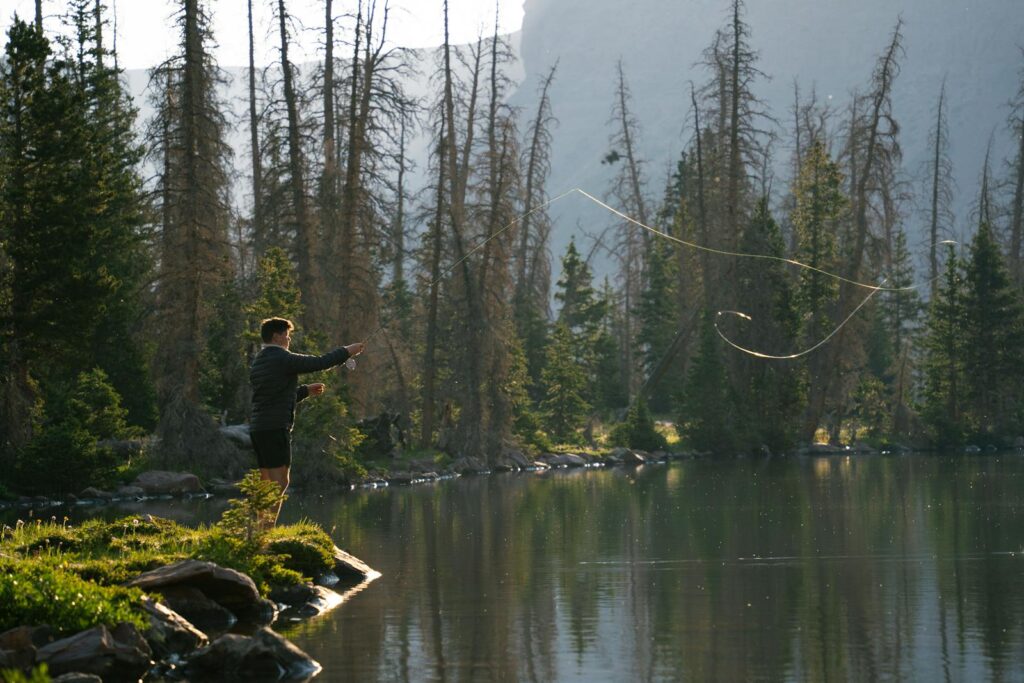
Summer hatches often feature smaller insects that require more technical fishing approaches and careful observation. Trico mayflies create some of summer’s most challenging fishing, with massive spinner falls occurring at dawn when these tiny insects (sizes 20-24) fall to the water in mating swarms, creating selective feeding patterns among trout. Terrestrial insects become increasingly important as summer progresses, with grasshoppers, ants, and beetles providing substantial food sources, especially during windy days when they’re blown onto the water.
Evening caddis hatches offer excellent dry fly opportunities during the last hour of daylight, when cooler temperatures encourage fish to feed more actively on the surface. Don’t overlook the subtle midday hatches of Pale Morning Duns (PMDs) and small caddis that can trigger selective feeding even during bright conditions, though you’ll need precise presentations and perfect drag-free drifts to fool fish during these technical summer feeding periods.
Fall Fishing: Capitalizing on Pre-Spawn Aggression
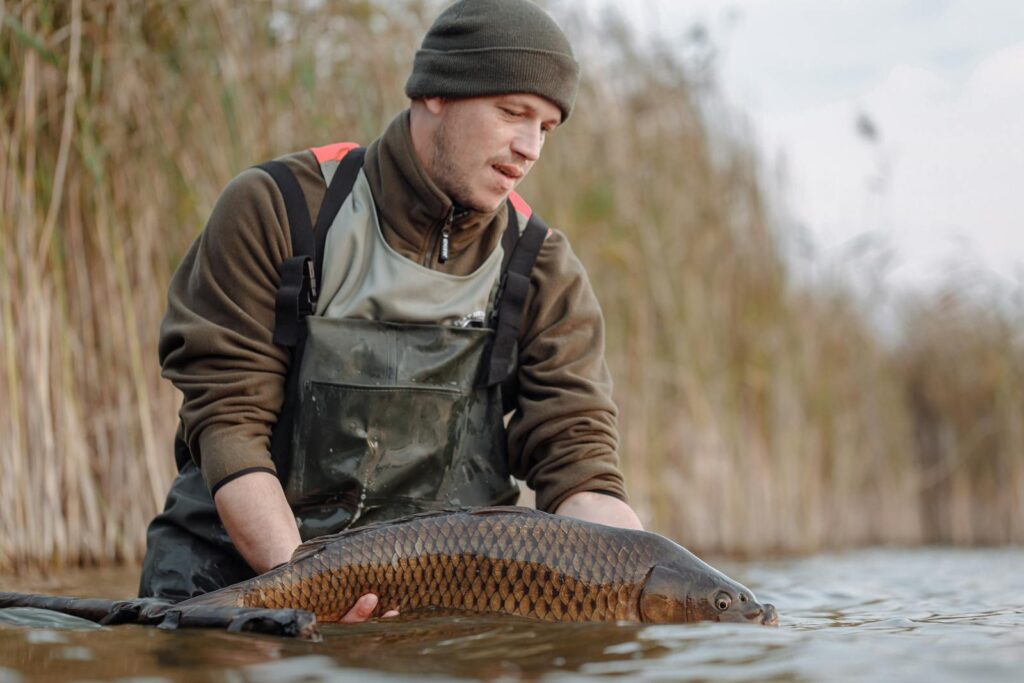
Fall transforms both the landscape and fish behavior, creating some of the year’s most productive fishing opportunities. As water temperatures drop from summer highs, trout become more active throughout the day, feeding aggressively to prepare for winter and, in the case of brown and brook trout, the upcoming spawn. This increased aggression means larger flies and more active retrieves often produce results, with streamers in sizes 4-8 becoming particularly effective for targeting trophy fish. Morning fishing gains importance as overnight temperatures drop, creating a prime window from about 10 AM until 2 PM when water temperatures reach their daily peak.
The spawning behavior of brown and brook trout means special care should be taken to avoid disturbing redds (spawning beds), while simultaneously presenting an opportunity to target non-spawning fish that follow spawners to feed on dislodged eggs and nymphs. Fall’s reduced angling pressure means you’ll often have prime water to yourself, especially on weekdays when fair-weather anglers have stored their gear for the season.
Autumn Hatches: Blue-Wings and Declining Insect Activity
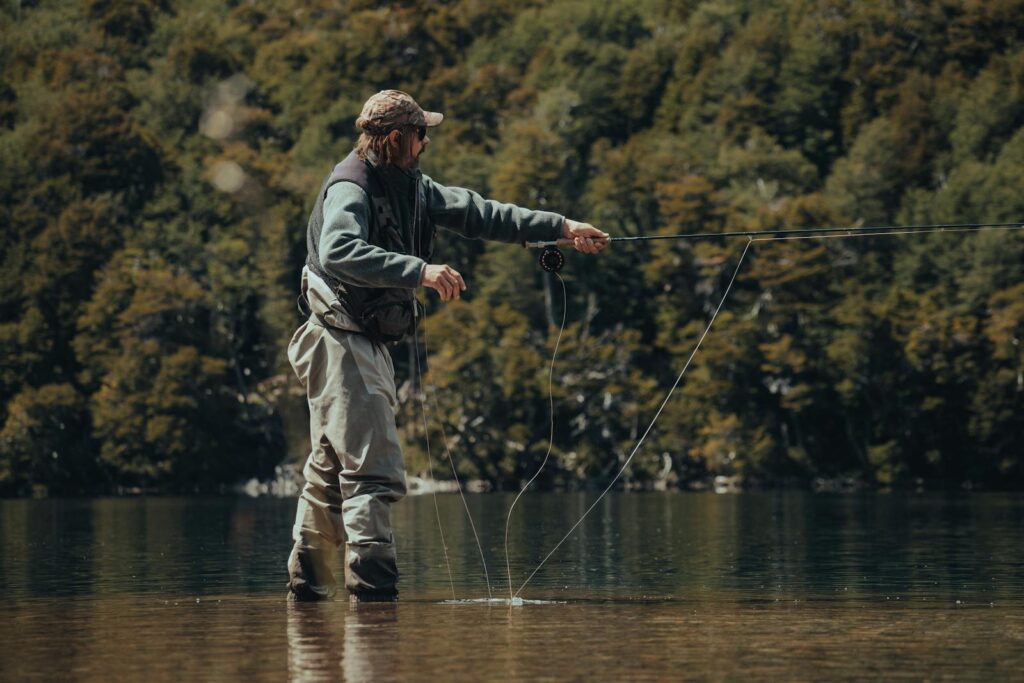
Fall’s insect activity shows a distinct shift from summer’s diverse hatches to a more limited but still productive selection. Blue-winged olives return in force during autumn, often providing the most reliable hatches on cloudy, drizzly days when sizes 18-22 are typically most effective. October Caddis, with their bright orange bodies, become important food sources in many western rivers, while their eastern counterparts—the Great Autumn Brown Caddis—fulfill a similar ecological niche. Midges regain prominence as other hatches decline, becoming especially important during late fall when they may constitute the majority of a trout’s diet.
Terrestrial patterns remain effective well into fall, particularly in warmer regions where freezing temperatures arrive later, though as autumn progresses, your terrestrial box will see diminishing returns compared to nymphs and streamers.
Winter Techniques: Slow and Deep Presentations
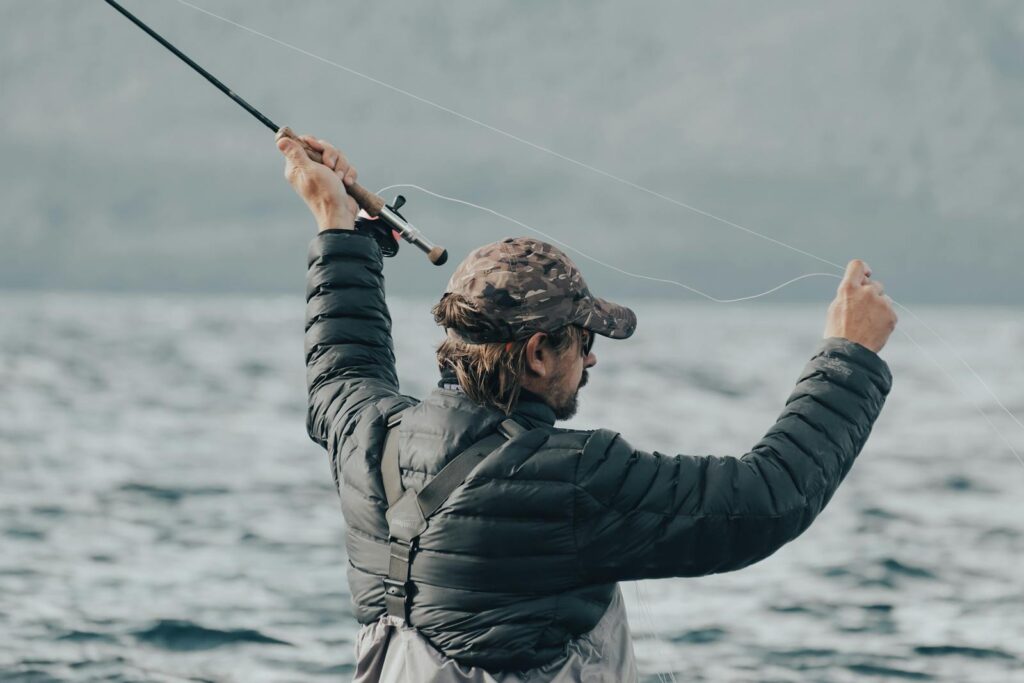
Winter fly fishing requires patience, persistence, and significant adjustments to both tactics and expectations. Fish metabolism slows dramatically in cold water, meaning they feed less frequently and move shorter distances to take food, requiring anglers to slow down presentations and target the deepest, slowest sections of rivers where fish conserve energy. Nymphing becomes the predominant technique, with small offerings in sizes 18-22 presented right on the streambed where limited feeding activity occurs.
Winter fishing hours concentrate around the warmest part of the day, typically 11 AM to 3 PM, when water temperatures reach their peak and insect activity, however minimal, is most likely to occur. Terminal tackle adjustments become necessary, with heavier tippets often appropriate as trout are less leader-shy in winter’s typically higher, colored water conditions, and strike detection requires extreme attention to subtle line movements that might indicate a take.
Winter Fly Selection: Midges and Egg Patterns
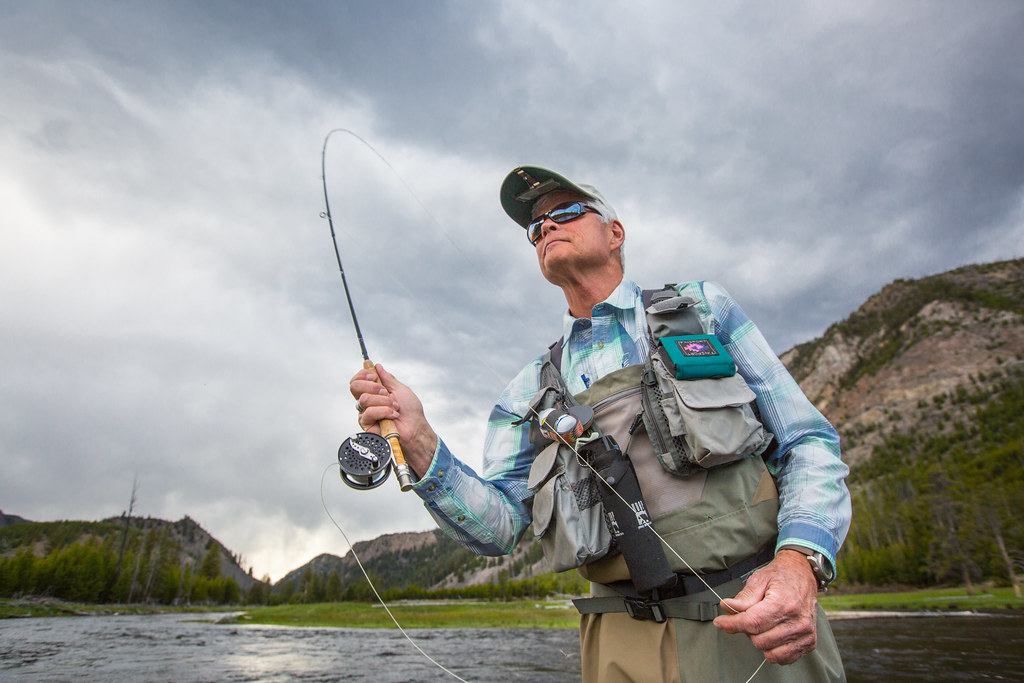
Winter’s limited food sources narrow your fly selection considerably, with midges dominating the subsurface menu for most trout streams. Carrying an assortment of midge larva and pupa patterns in black, cream, and red in sizes 18-24 will cover most situations, though don’t neglect slightly larger offerings like small Pheasant Tails and Hare’s Ears in sizes 16-18. Egg patterns become particularly effective in winter, both because of late-fall spawning activity and because eggs represent a high-calorie food source that justifies a fish’s energy expenditure.
For tailwater fisheries, tiny Blue-winged Olive nymphs continue to produce throughout winter, while scud patterns work well in spring creeks where these crustaceans thrive year-round. The winter fly box can be surprisingly minimal compared to summer’s diverse requirements—a dozen patterns in appropriate sizes will cover most situations, allowing more space in vest pockets for hand warmers and an extra pair of gloves.
Tailwater Tactics: Year-Round Opportunities

Tailwater fisheries—rivers flowing from bottom-release dams—offer consistent temperatures and fishing opportunities throughout the seasons, though each presents its own tactical challenges. Spring on tailwaters often lacks the dramatic temperature fluctuations of freestone rivers, creating more predictable hatches and feeding patterns, though higher flows from reservoir management can create challenging conditions requiring heavier nymphing rigs. Summer tailwater fishing provides refuge from warm temperatures affecting other waters, though often at the cost of increased angling pressure and more technical fishing as fish face constant presentations from multiple anglers.
Fall tailwaters maintain more consistent temperatures than their freestone counterparts, extending insect hatches beyond their typical calendar windows and providing more reliable dry fly fishing. Winter represents perhaps the greatest advantage of tailwaters, with relatively warm water temperatures creating active feeding windows even during the coldest months when other waters might be locked in ice or experiencing minimal insect activity.
Stillwater Seasons: Lakes and Reservoirs Throughout the Year
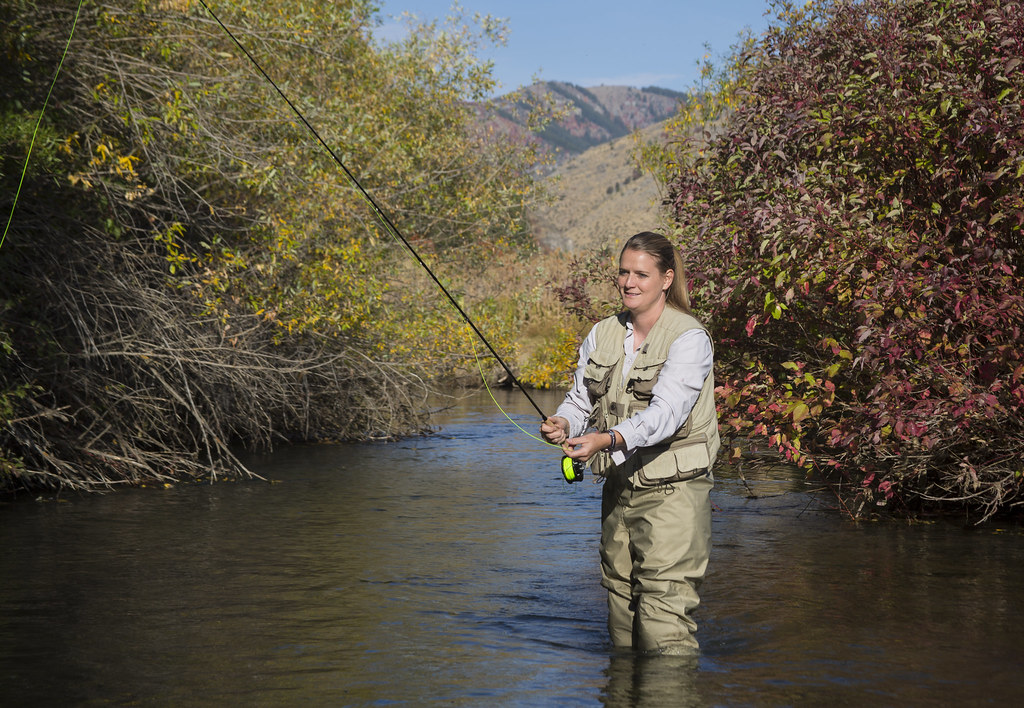
Lakes and reservoirs follow their own seasonal patterns that differ significantly from moving waters, creating unique opportunities throughout the year. Spring brings ice-out and water turnover in many lakes, followed by insect hatches concentrated in shallow waters that warm first, making shoreline fishing particularly productive with intermediate sink-tip lines and chironomid (midge) patterns under indicators. Summer stratification pushes cold-water species deeper, requiring full-sinking lines and longer leaders to reach fish holding in the thermocline, while early mornings and evenings may still produce surface activity on damselfly and callibaetis patterns.
Fall lake fishing offers trophy opportunities as larger fish move shallow again with cooling surface temperatures, with streamers and larger offerings becoming particularly effective as fish feed aggressively before winter. Winter stillwater fishing in ice-free regions can be surprisingly productive, particularly on sunny days when shallow areas warm slightly, though success typically requires extremely slow retrieves and considerable patience between strikes.
Seasonal Gear Adjustments: From Rods to Rain Jackets

Different seasons demand adjustments not just to fishing tactics but also to the gear you carry streamside. Spring conditions often require more robust wading gear to handle higher, colder flows, while rod selections might favor medium-action models that can handle larger nymphs and indicators in turbulent water. Summer calls for lighter, more delicate presentations, making longer, lighter rods beneficial for protecting fine tippets, while sun protection becomes essential with broad-brimmed hats, sun gloves, and neck gaiters becoming as important as your fly box.
Fall’s variable conditions demand layering systems that can adapt to temperature swings of 30+ degrees from morning to afternoon, while fly lines with slick coatings help manage performance in cooler temperatures when traditional PVC lines stiffen. Winter gear focuses on personal comfort as much as fishing effectiveness, with fingerless gloves under mittens, chemical hand warmers, and insulated waders becoming critical for extending fishing sessions in frigid conditions.
Adapting to Climate Change: New Seasonal Patterns
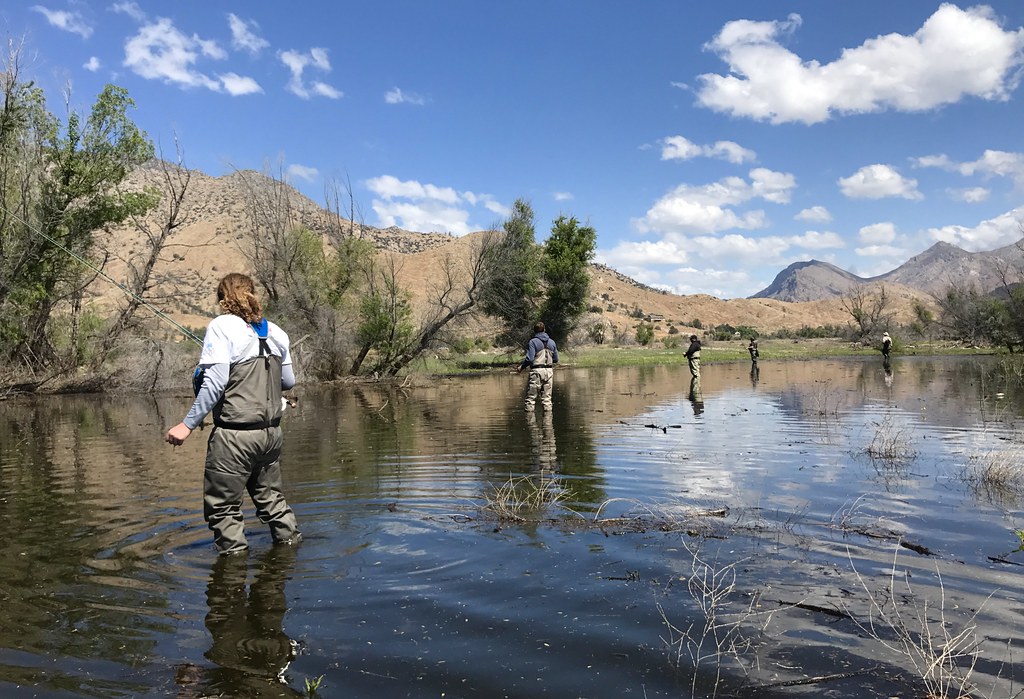
Climate change has begun altering traditional seasonal patterns, requiring anglers to adapt beyond historical guidelines. Many regions now experience earlier spring hatches as average temperatures rise, shifting mayfly emergence forward by weeks compared to records from previous decades. Summer fishing increasingly involves monitoring water temperatures and potential fishing closures as streams reach critical thermal thresholds more frequently, making temperature-based decision-making an ethical requirement rather than merely a tactical choice.
Fall spawning activities for brook and brown trout have shown delayed timing in many watersheds as warm temperatures persist longer, extending terrestrial fishing opportunities but potentially compressing the pre-winter feeding window. Winter fishing opportunities have expanded in many mid-latitude regions where ice-free periods extend longer, though the biological consequences of shorter cold-water periods remain concerning for long-term fishery health. Successful modern anglers must observe and adapt to these evolving conditions rather than relying solely on traditional calendar-based expectations.
Building a Seasonal Fishing Calendar
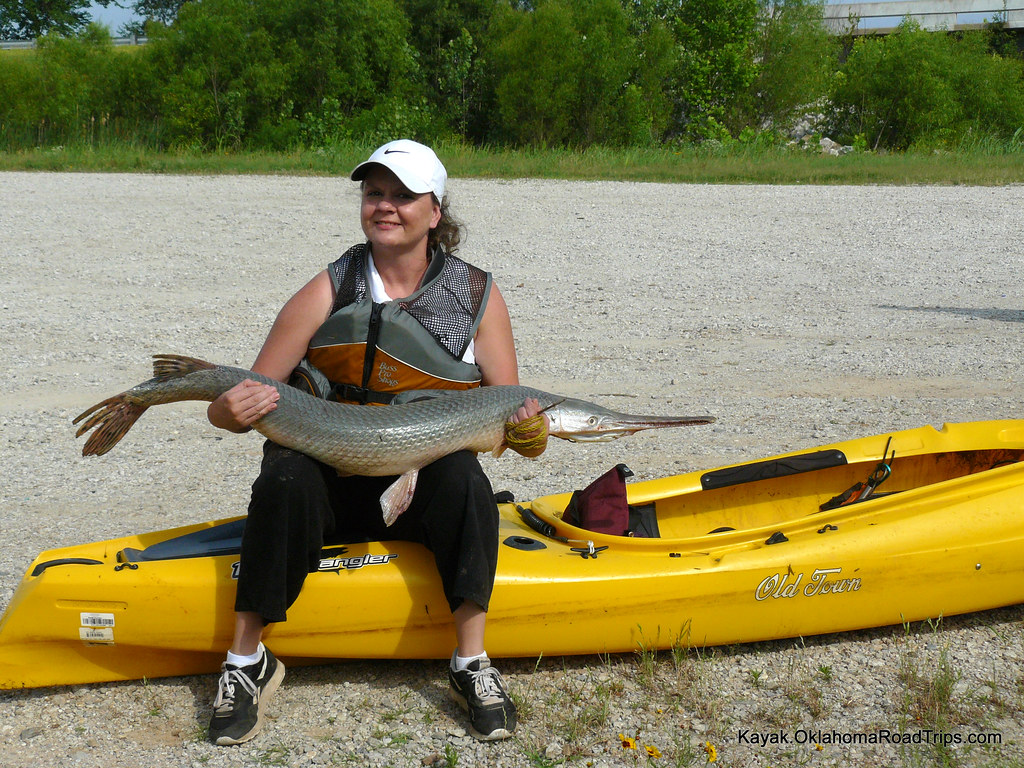
Creating a personalized fishing calendar for your local waters combines scientific understanding with practical experience to maximize success throughout the year. Begin by researching regional hatch charts and river conditions through fly shops, online resources, and fishing reports, establishing a baseline understanding of what might happen when. Supplement this research by keeping a detailed fishing journal noting water temperatures, successful flies, productive times of day, and weather conditions that coincided with your best fishing experiences. Develop relationships with local anglers and shop staff who can provide real-time updates about emerging hatches and changing conditions, information that often precedes published reports.
Remember that every watershed responds differently to seasonal changes—a spring creek, freestone river, and tailwater in the same region may all be fishing differently during the same week, offering diverse opportunities for the flexible angler who understands these differences and can adapt accordingly.
Conclusion

Fly fishing’s seasonal nature creates both challenges and opportunities as conditions continuously evolve throughout the year. By understanding these patterns and adapting your approach accordingly, you transform from an occasional angler into a consistent catch-and-release practitioner capable of success in diverse conditions. The seasons don’t just change the fishing—they change the entire experience, from the backdrop of spring wildflowers to the fiery colors of autumn foliage reflecting on the water. Each season offers its unique rewards beyond just catching fish: spring’s renewal, summer’s abundance, fall’s spectacular beauty, and winter’s peaceful solitude.
The seasonal fly fisher develops not just technical skills but a deeper connection to the natural world and its rhythms—perhaps the greatest reward this remarkable sport has to offer.
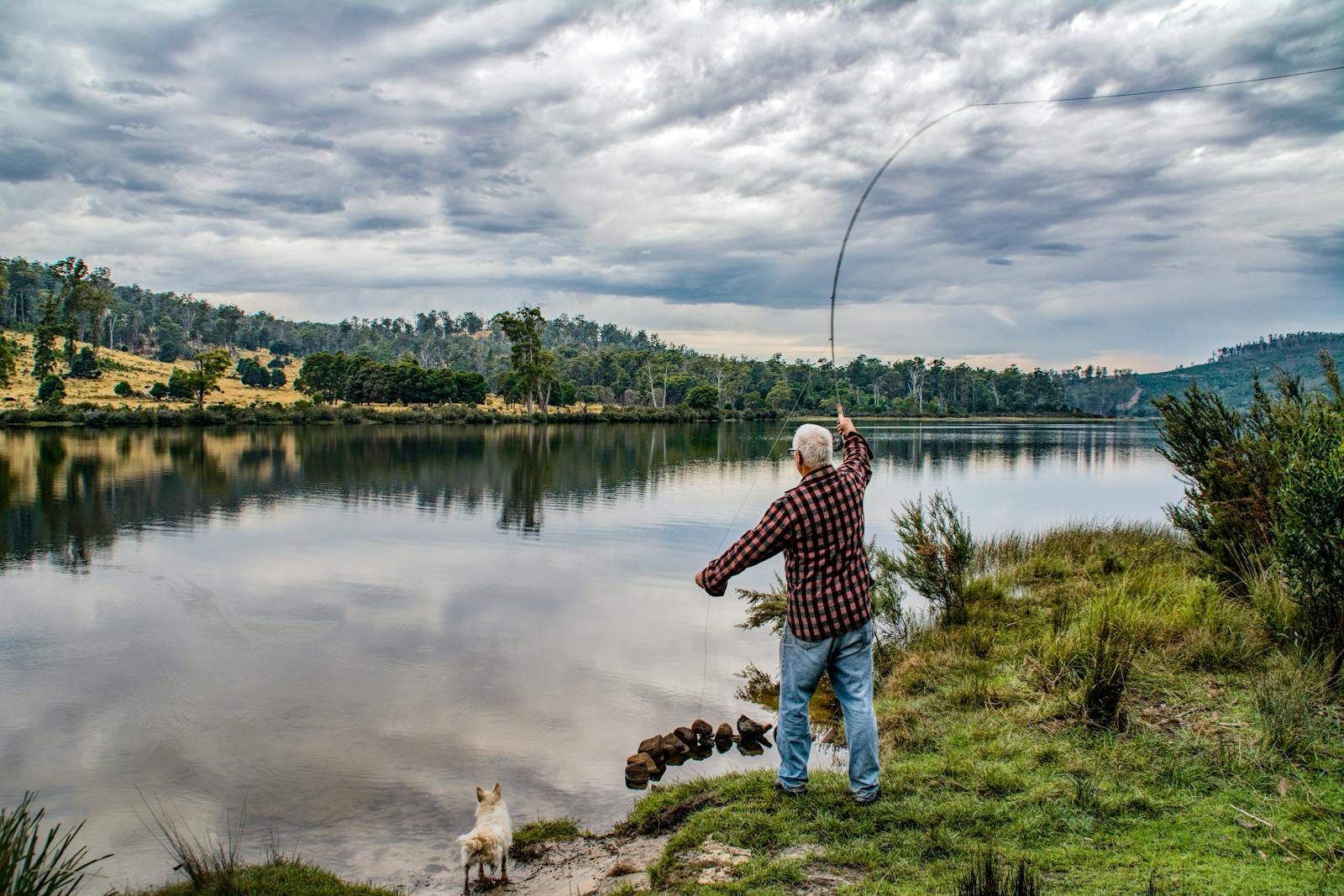
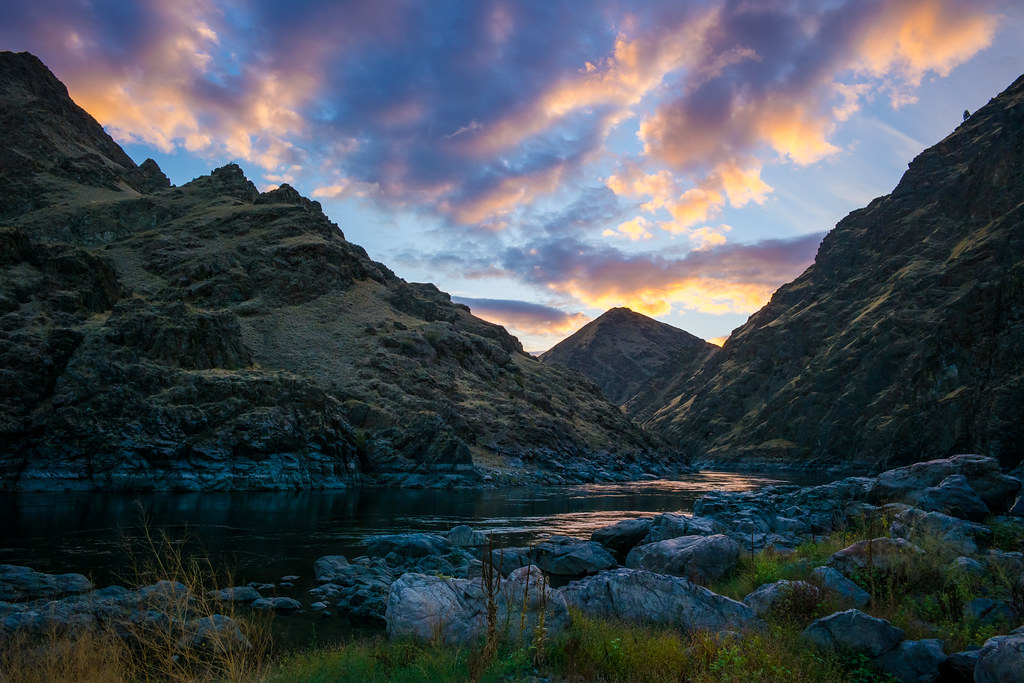

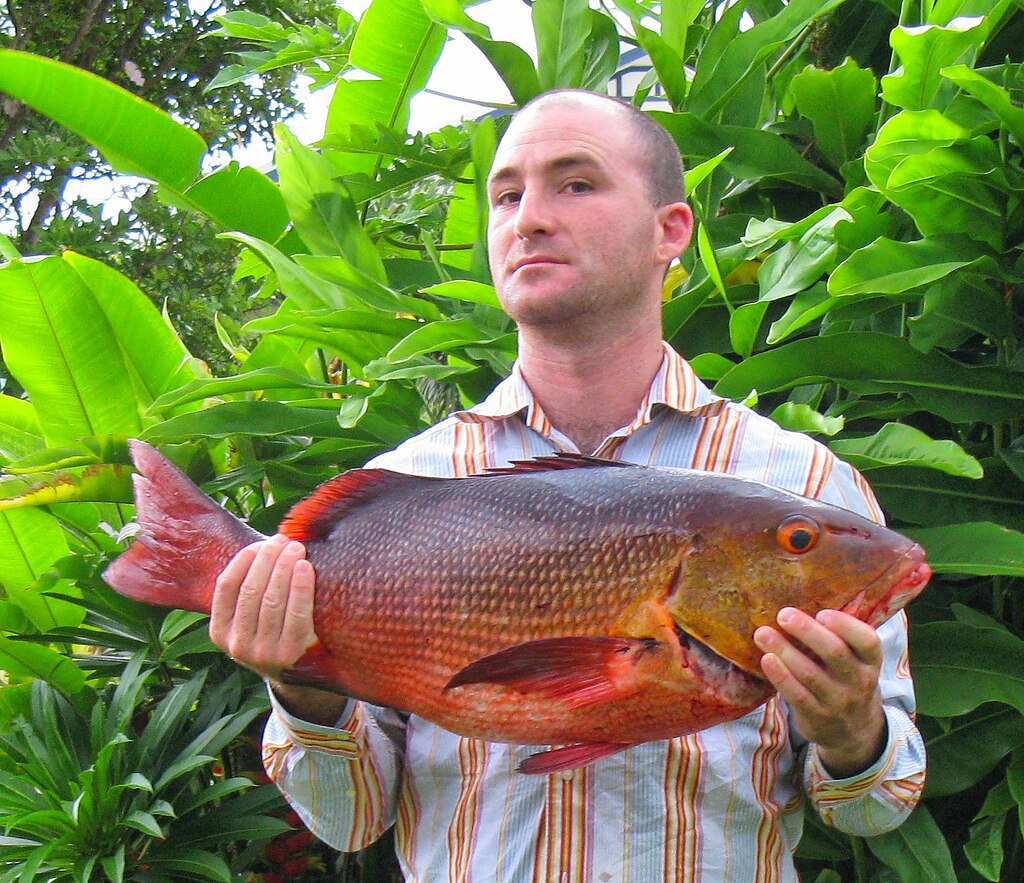










Post Comment